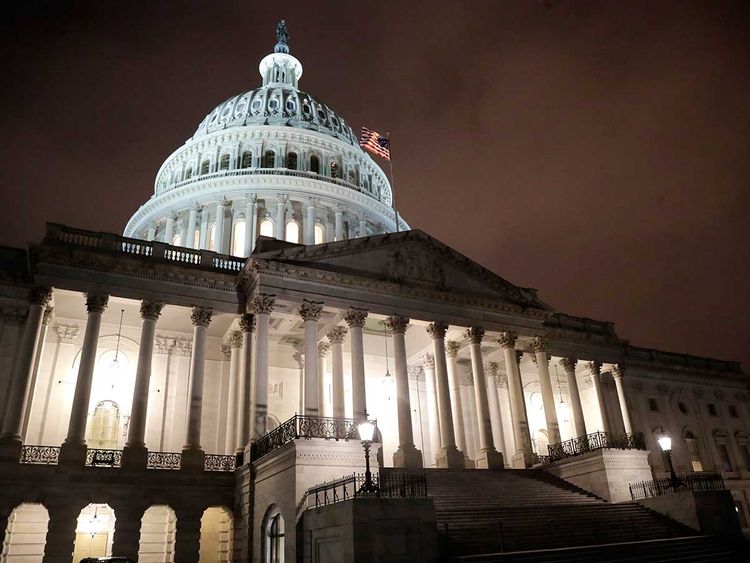Washington: The US Senate approved a historic $2 trillion rescue plan to respond to the economic and health crisis caused by the coronavirus pandemic, putting pressure on Congress to pass the bill quickly and send it to President Donald Trump for his signature.
The massive legislation passed on a 96-0 vote after days of intense negotiations between Senate Republicans and Democrats, who demanded changes to the bill introduced last week by Senate Majority Leader Mitch McConnell.
The package includes an unprecedented injection of loans, tax breaks and direct payments for major corporations and individual taxpayers to help the US economy get through an abrupt shutdown as people avoid social interaction and businesses close to keep from spreading the coronavirus.
More than 68,000 people in the US have been infected with the deadly respiratory disease and some economists warn that unemployment could hit 30 per cent.
The House was scheduled to vote on the legislation Friday. Trump had urged Congress to act “without delay” and said he would sign the legislation immediately.
Who gets what
The package provides for about $500 billion in loans and assistance for big companies, including struggling airlines, as well as states and cities. There is a separate pot of about $350 billion for small businesses.
$800billion
What the US passed as economic stimulus during the financial crisis of 2008.
For individuals the package provides direct payments to lower- and middle-income Americans of $1,200 for each adult, as well as $500 for each child. Unemployment insurance would be vastly expanded. There also is money for hospitals, some of which are on the verge of being overwhelmed.
The size of the stimulus package is unprecedented, dwarfing the approximately $800 billion Obama stimulus that passed five months after the 2008 financial crash. Together with Federal Reserve actions, the legislation amounted to a $6 trillion stimulus, according to White House economic adviser Larry Kudlow, or about 30 per cent of annual GDP.

